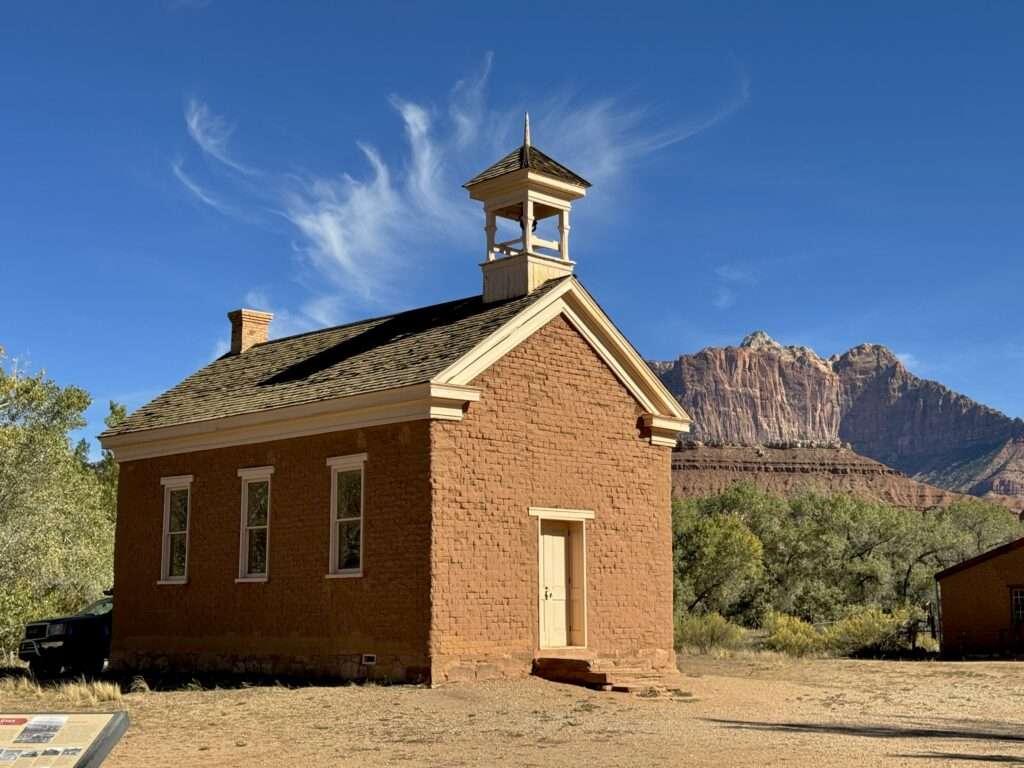
The Kid has moved to Mesquite! He wanted me there a little but otherwise politely asked me to go away. As no hotels were available in Mesquite, I stayed in St. George. Oh, darned, too bad that I happen to love St. George! Most of my time was in meetings and running errands for supplies he forgot to pack. But I got to visit ghost towns in both Utah and Nevada and learned about flying monkeys!
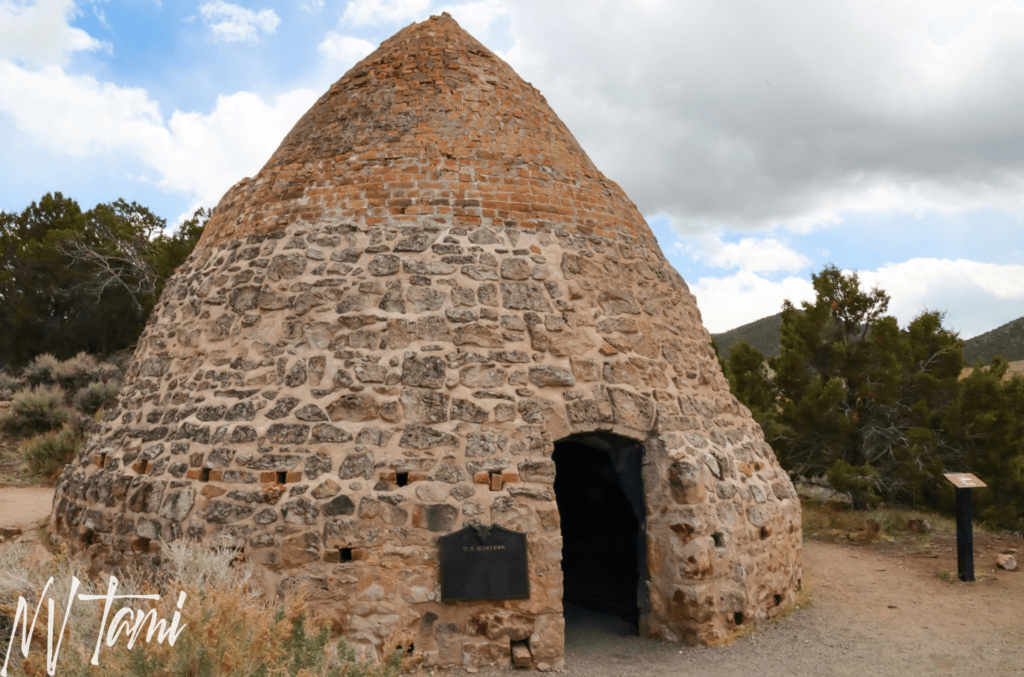
On my last visit to St. George, we visited Old Iron Town, Silver Reef, and Harrisburg. I am glad I posted my pictures; Utah Life Magazine purchased my photos from Old Iron Town.
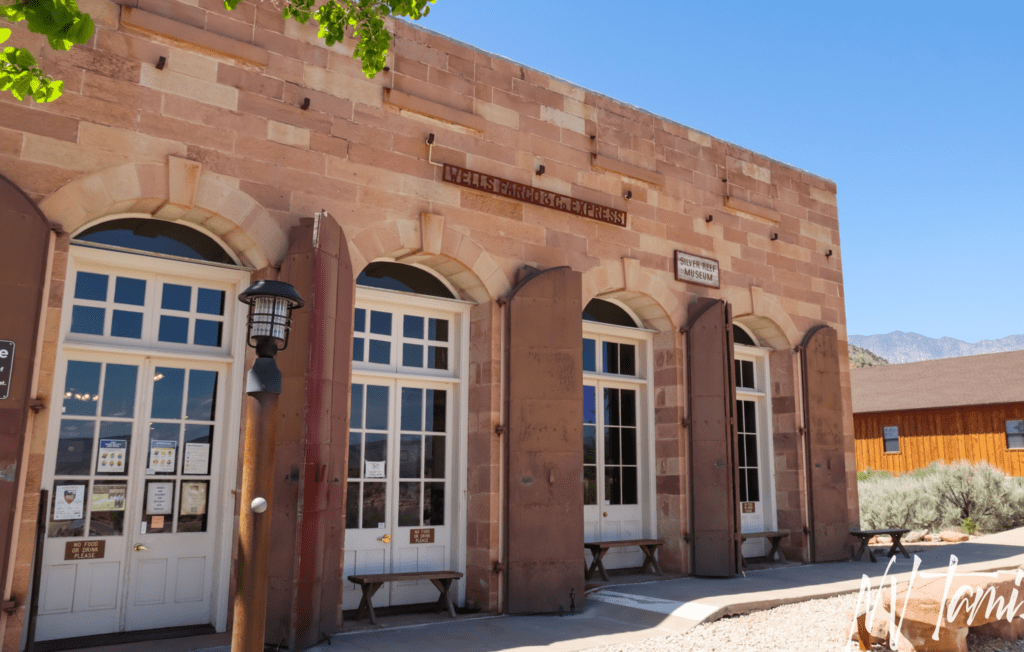
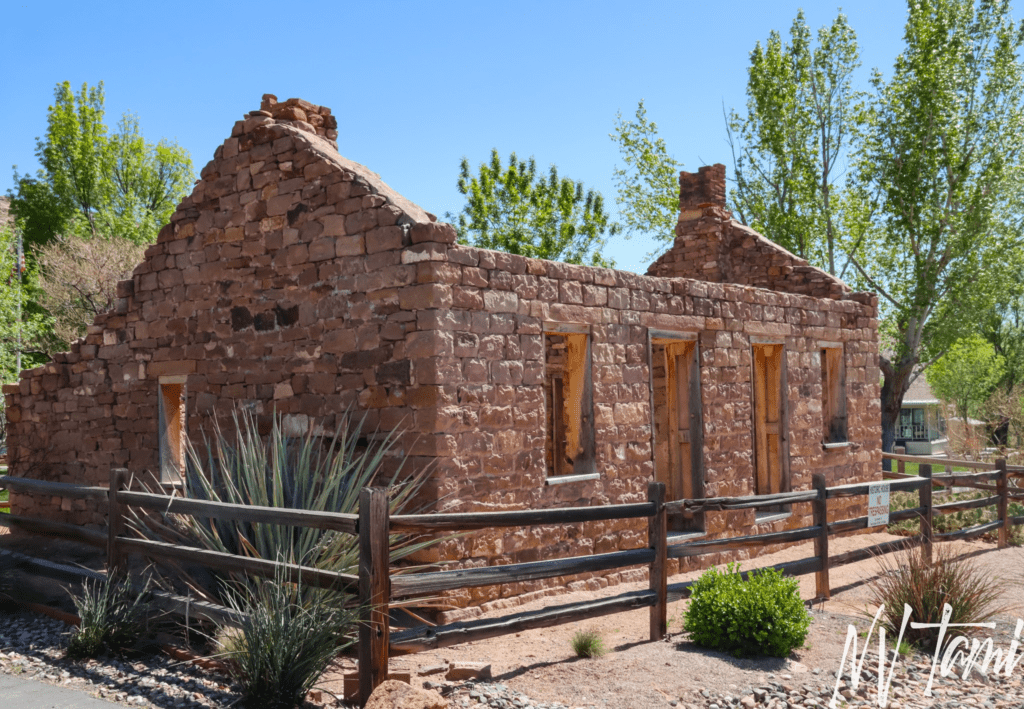
Grafton

On this trip, Grafton was my big stop. Besides being a cool ghost town with multiple buildings, it has the prettiest setting I have ever seen.

Grafton was established in 1859 by Mormons, directed by Brigham Young, to produce cotton. Flooding and the Black Hawk War led most residents to relocate to more populated areas.




The Berry family was killed by Indians on April 2, 1866.

Graton is one of the most photographed ghost towns in the West. It was also a movie set for Butch Cassidy and the Sundance Kid.

CCC Corrals

On the way to Grafton, I saw the corrals and the historical marker. The corrals were built by the Civilian Conservation Corps, CCC, in the 1930s.

The Civilian Conservation Corps (CCC) was a voluntary work relief program from 1933 to 1942 to address unemployment during the Great Depression. Unemployed and unmarried men ages 18–28 could participate. The program focused on manual labor jobs relating to conserving and developing state and federal lands. Men were paid $30 a month, along with food, shelter, and clothing. They were required to send home $25 per month of their pay.

The CCC completed various projects: roads, bridges, erosion control, forest, and range management.

(Photo credit: Wikipedia)
In Northern Nevada, they constructed outhouses, including one on our ranch. Like now, the government doesn’t always do things that make sense. When the CCC installed the outhouse, the ranch had indoor plumbing. (Our neighbor, since passed, referred to his as a “Roosevelt Souvenir.”)
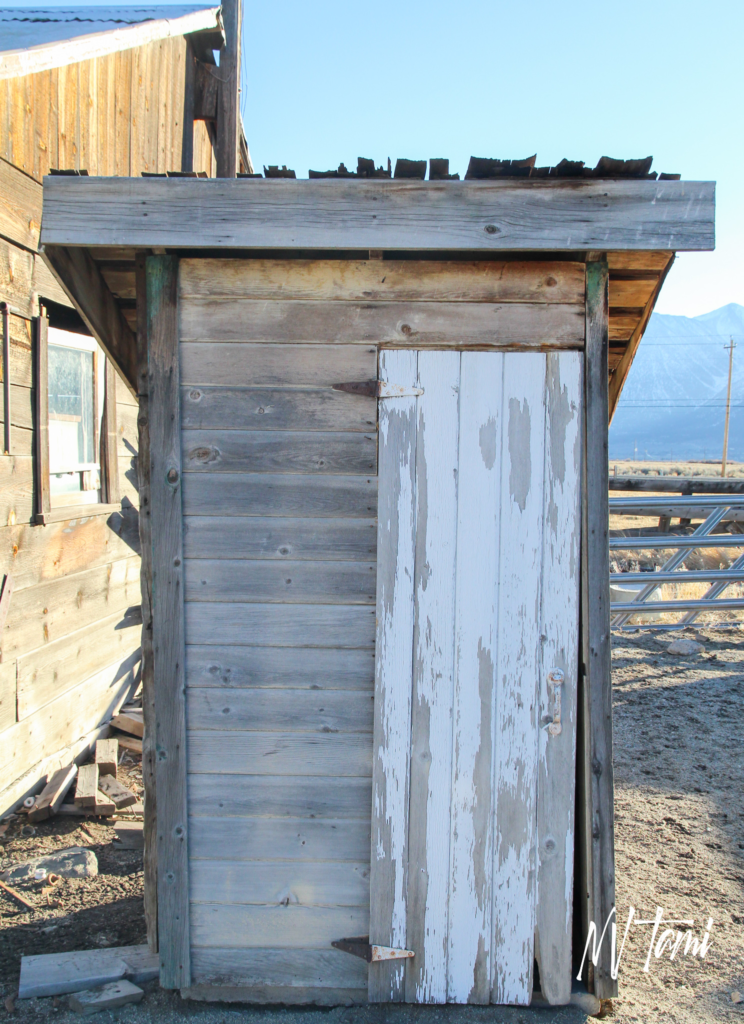
Flying Monkeys!

Anyone who travels with me knows I can’t pass a historical marker and not stop. I sometimes learn the most unexpected history, like flying monkeys!

Through WWII, pilots who needed to escape from their aircraft climbed out, jumped off the wing and pulled their parachutes. This resulted in an 80% injury or death rate.

In 1954, the US Air Force built the Supersonic Military Air Research Track, code-named Project SMART on the isolated plateaus of Hurricane Mesa. The facility had a 12,000′ long track and a sled. The rocket-powered sled reached supersonic speeds as it sped down the track.

Photo courtesy of Collins Aerospace, St. George News
To determine the effect of ejection on a live subject, SMART used chimpanzees for testing. The chimps quickly went into the cockpit… the first time. For the following tests, staff bribed them with fresh orange juice.

Project SMART operated until 1961. They ran 334 tests, including fifteen with human test subjects. The project resulted in a more effective ejection system for American pilots.
Bunkerville

Mormon polygamist pioneers established Bunkerville in 1877 and named it in honor of Edward Bunker. Bunkerville followed the United Order of Enoch, which believed in communal living. The order lasted until 1881, when properties were divided and dispersed.
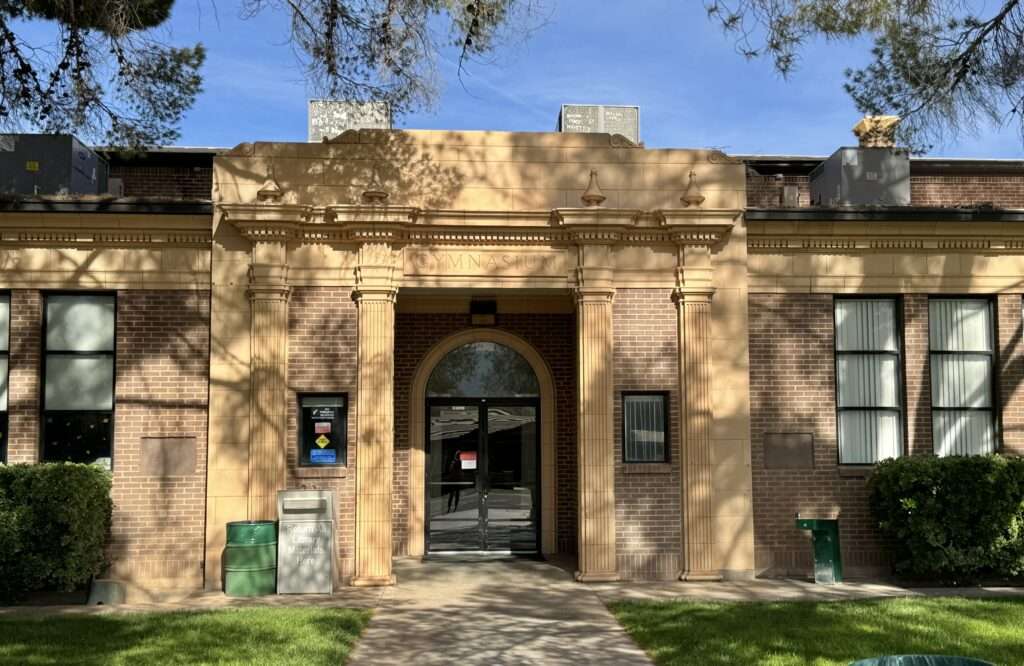

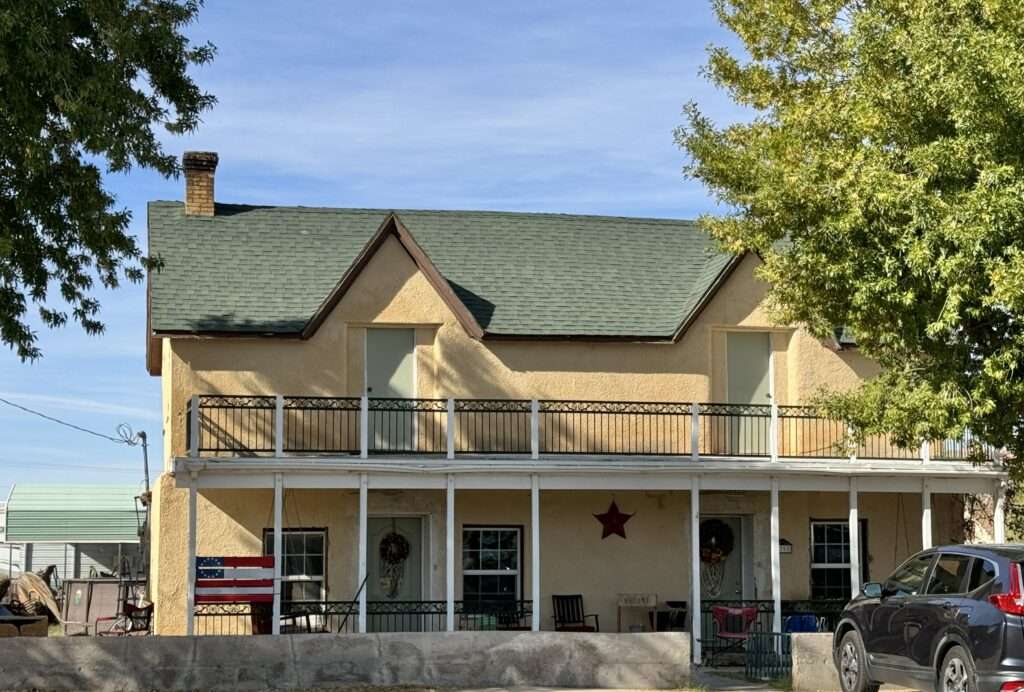

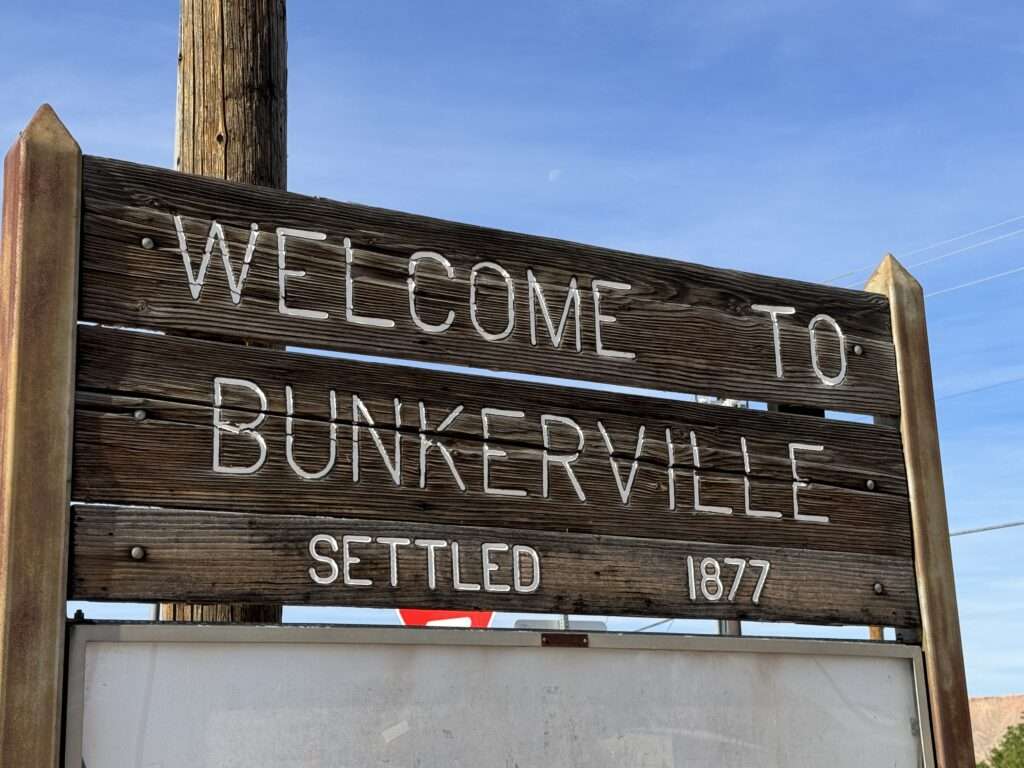
Bunkerville was never abandoned and still has a small population.
Riverside
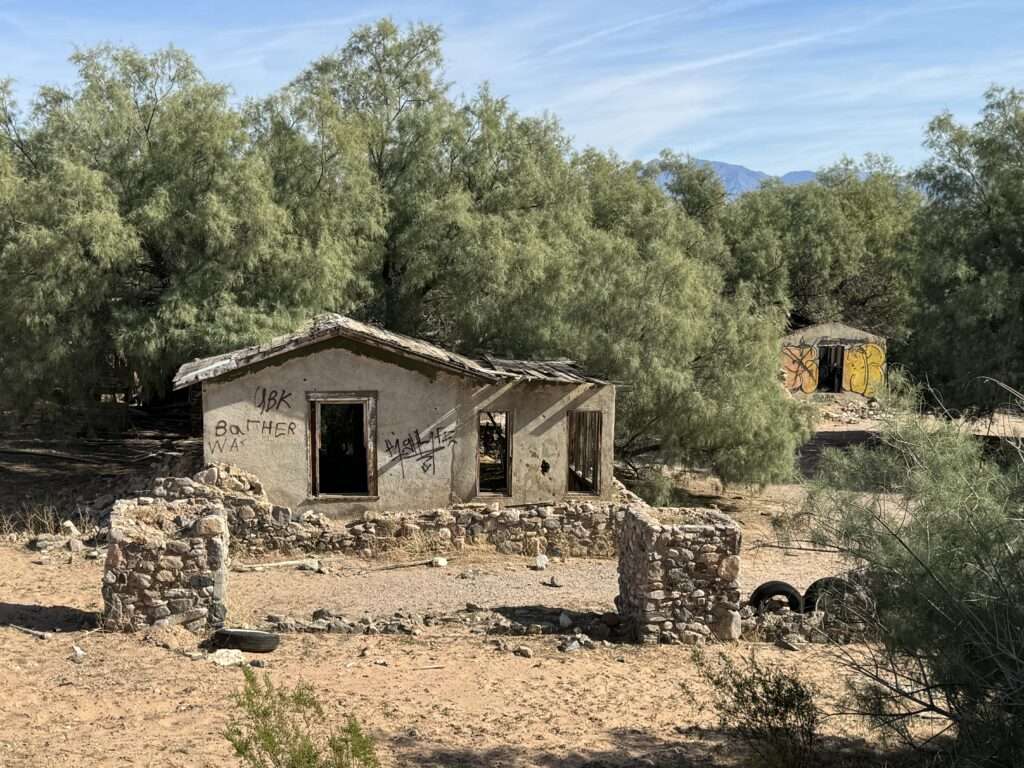
According to Nevada Expeditions, Riverside was a service station in the mid-1920s and closed in the 1950s with the rerouting of I15.


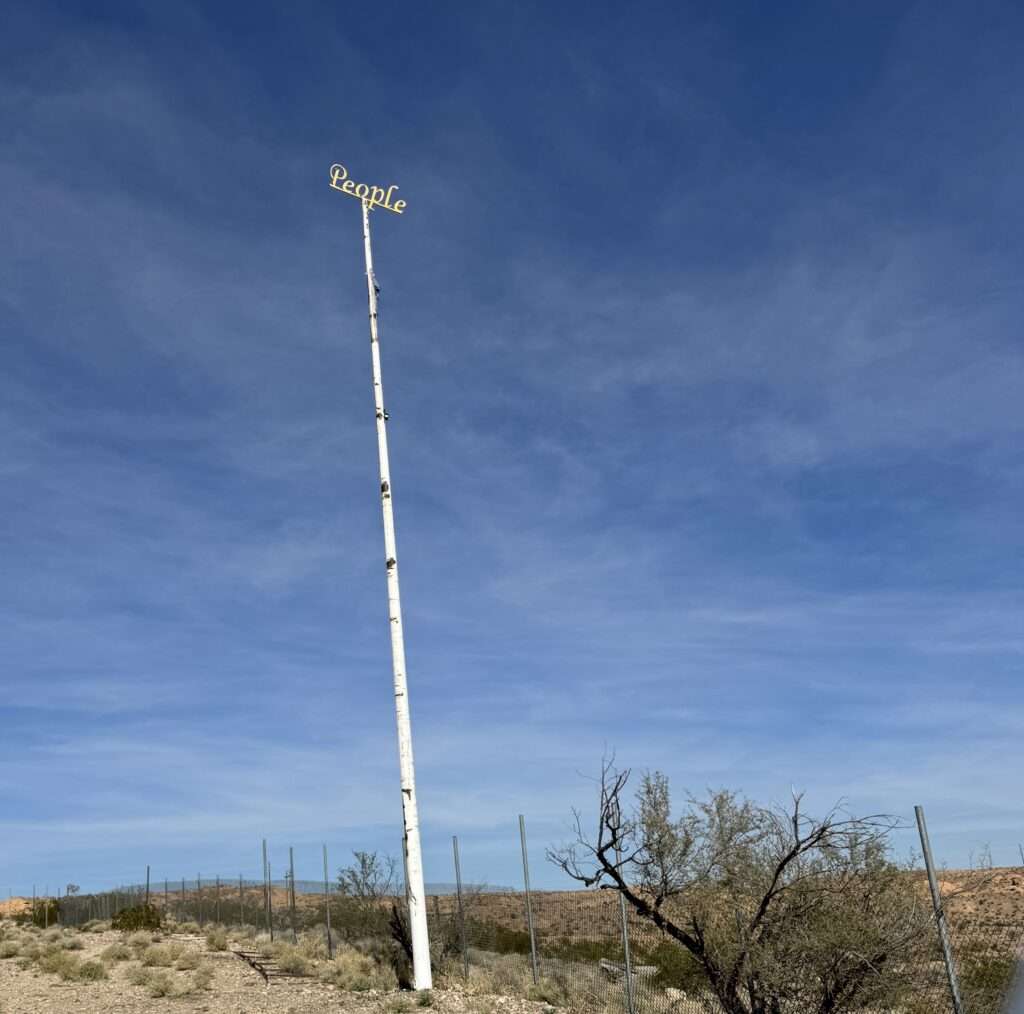
St. Joseph/Longdale

Saint Joseph was settled in 1865, five miles north of Overton. It was named for Joseph Young, who was a colonizer and son of Brigman Young. Boys trying to bake potatoes in a fire burned the town down 1868. A new townsite was several miles north.


An 1870 boundary survey determined St. Joseph was in Nevada, not Utah or Arizona. As St. Joseph was now part of Nevada, the state demanded the Mormon settlers pay back taxes. The settlers did not believe the monies would be used responsibly, nor did they possess the needed cash. They took a vote and refused to pay the taxes, and relocated to Utah.


St. Joseph Cemetery

The cemetery was first used in 1864 and abandoned five years later. Burials at St. Joseph again occurred in the 1890s.

St. Joseph Cemetery is the best-kept historic cemetery I visited. Lee Huntsman, a descendant of those buried, repaired the cemetery and an Eagle Scout project made additional improvements. Rock lines paths led through the grounds and several graves have new headstones.
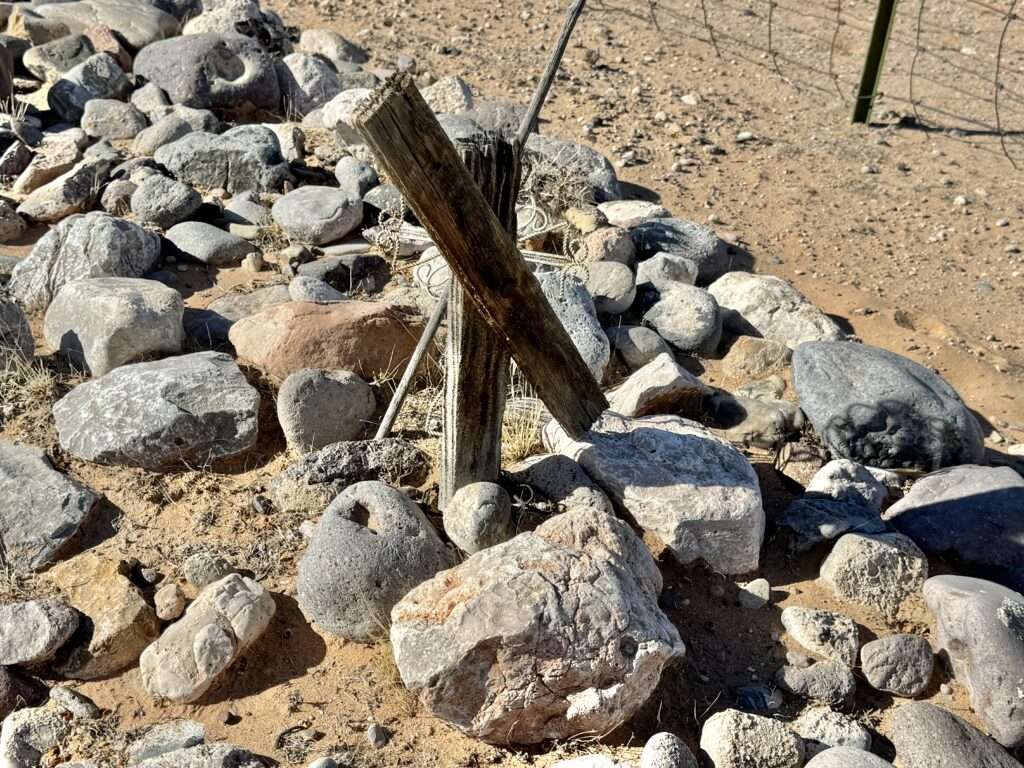
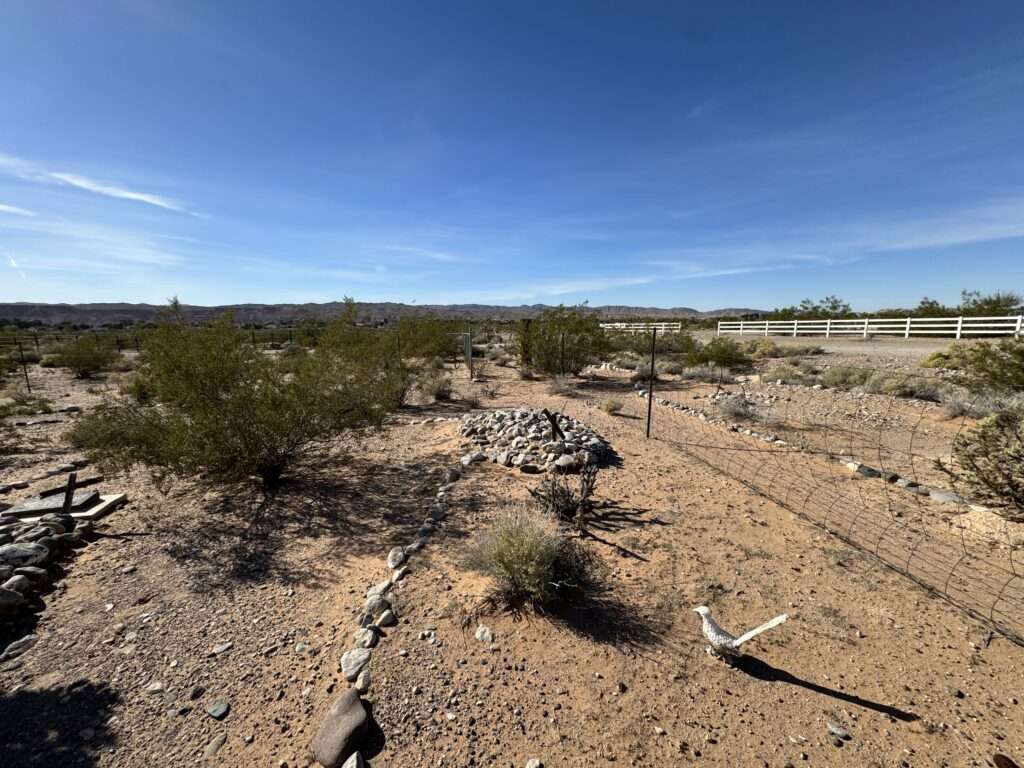


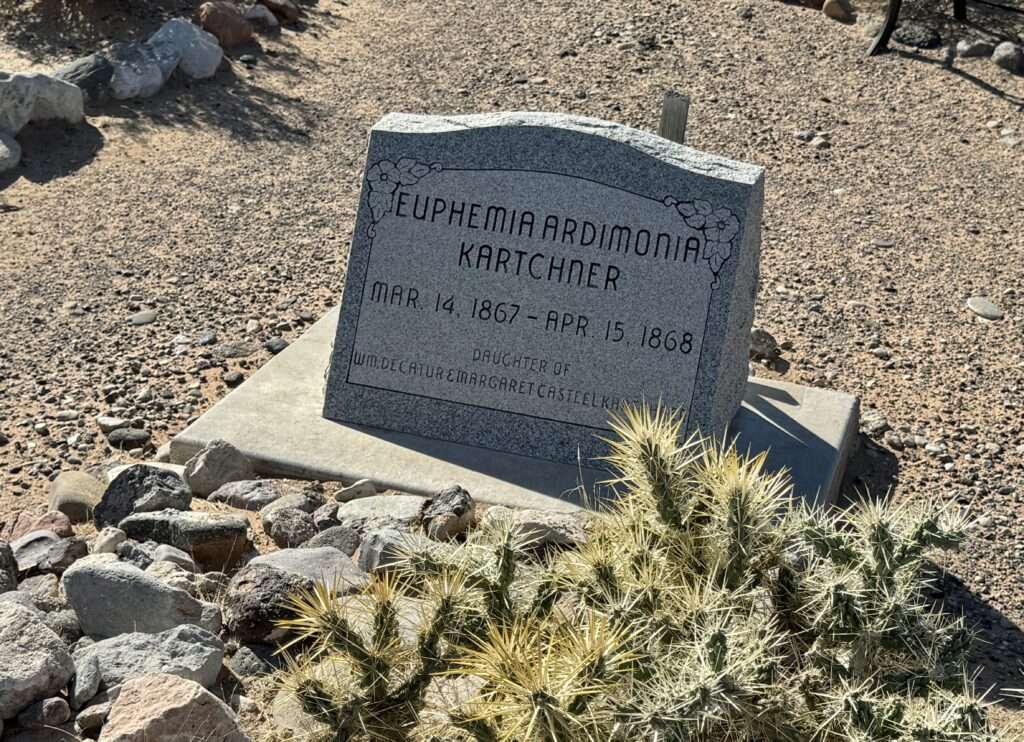



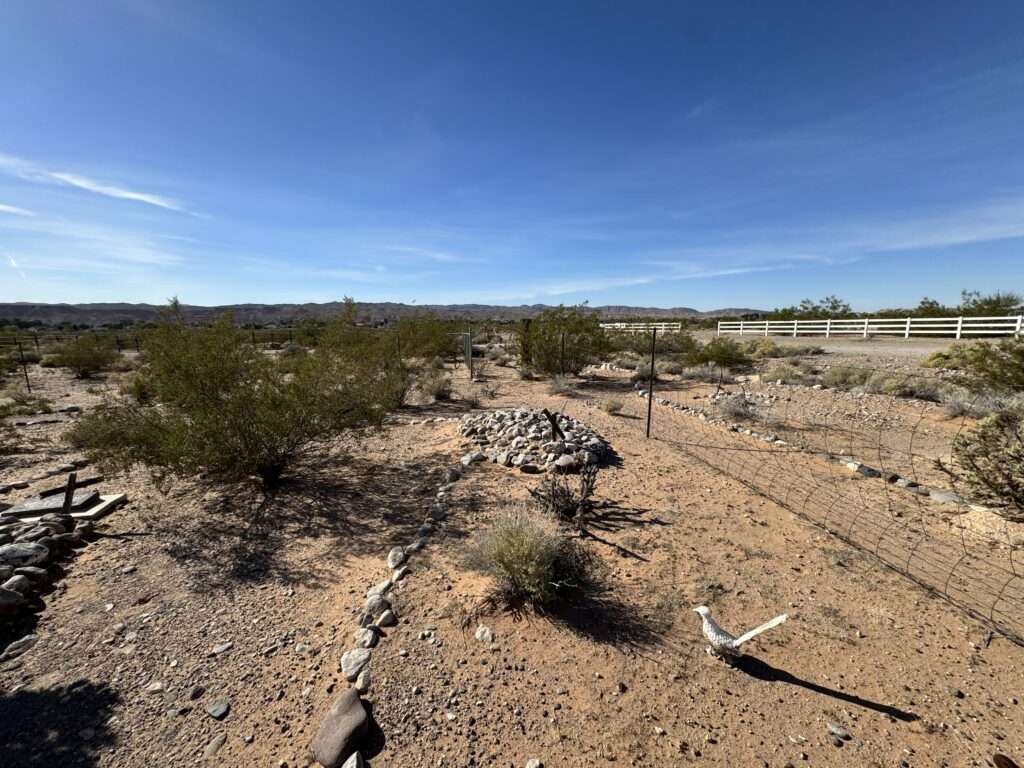
Figurines line the paths-some are cuter than others!
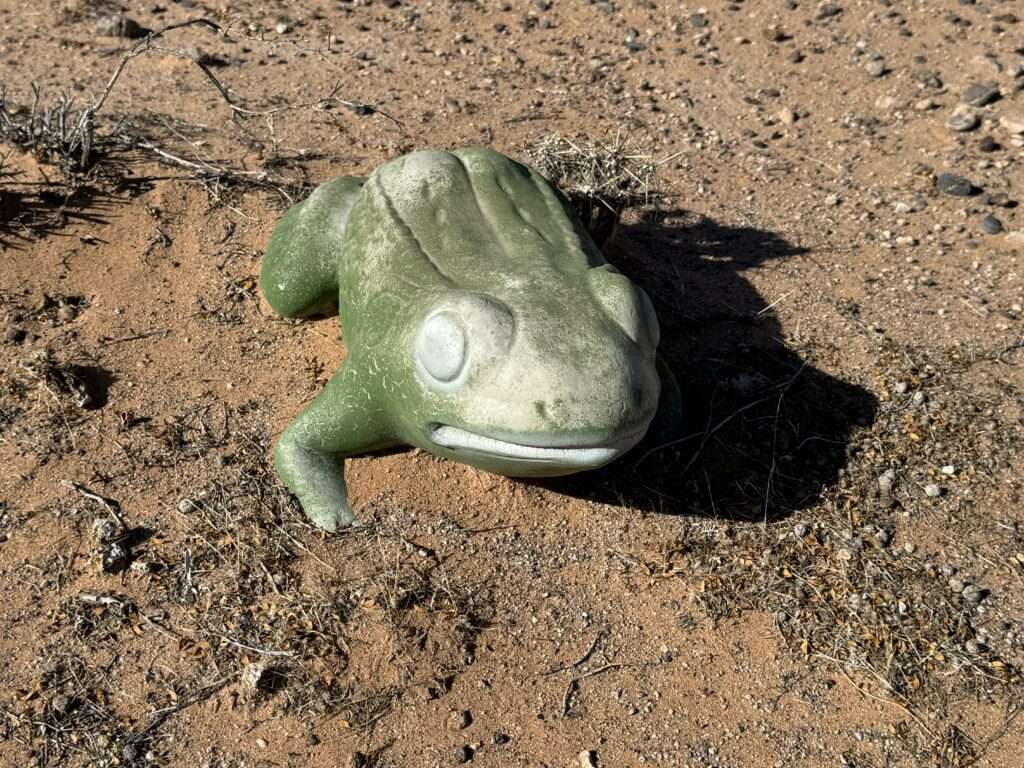

St. Thomas Memorial Cemetery

I visited St. Thomas on my last visit but missed the cemetery.

St. Thomas is one of the better-known ghost towns in Nevada. With Lake Mead’s creation, rising waters submerged one of Nevada’s oldest established towns under sixty feet of water. Sixty-four years later, lower lake levels have made St. Thomas accessible to visitors.

The St. Thomas cemetery was relocated before the creation of Lake Mead. Many of the graves are only marked as Pioneer. Only residents of St. Thomas, nearly Kaolin and their descendants can be interred at the cemetery.





Lost City Museum

In 300 A.D., natives settled the Moapa Valley and the confluence of the Virgin and Muddy Rivers. Several cultures built a Puebloan city across the river from the ghost town of St. Thomas. Lake Mead’s rising waters submerged what is now known as Lost City. Archeologists and the Civilian Conservation Corps excavated what they could and created the Lost City Museum to house relics.

Ancestral Puebloans constructed pueblos, above-ground adobe homes. These ranged from single rooms to over twenty, with one consisting of over one hundred. Some homes included a combination of pit homes and pueblos.

The Basketmakers constructed underground pit houses. Their pit houses were often circular dugouts supported by log beams. Roofs consisted of brush, planks, and earth. A ladder accessed the dwelling in an opening in the ceiling. The ground acted as insulation, and the homes would remain cool in the summer and warm in the winter.


Overton Pioneer Cemetery
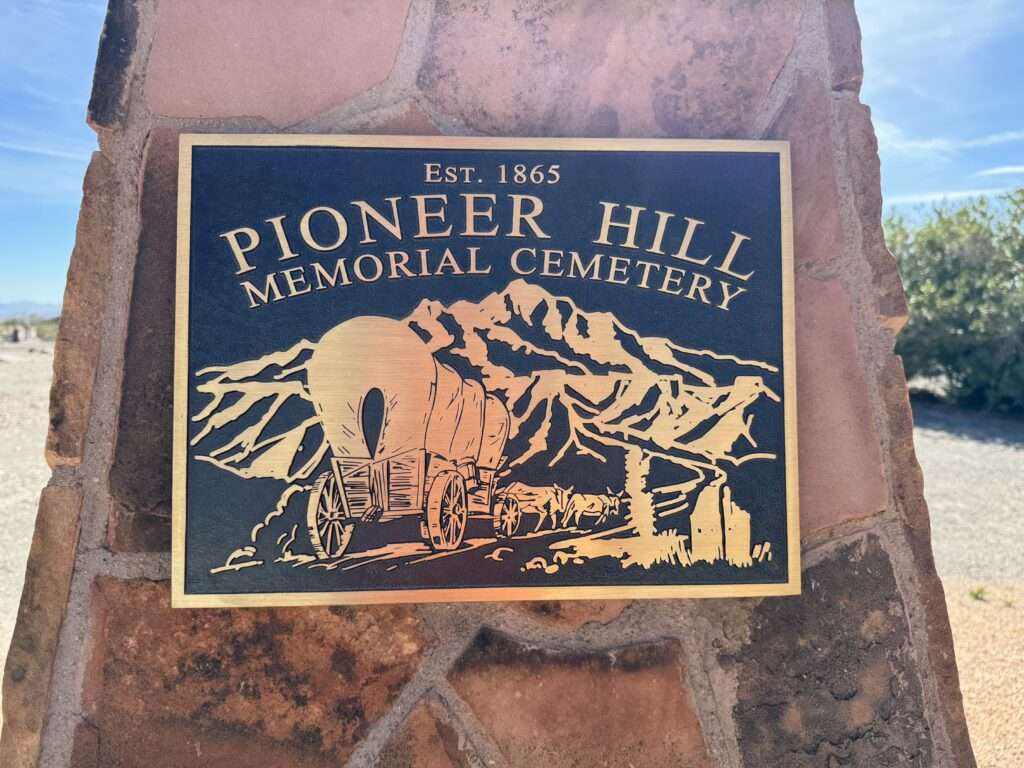
While visiting the other historic cemeteries in Moapa Valley, I made a quick stop at Overton. The cemetery was unique in that many graves were covered in arched concrete.




Crystal Springs
Native Americans first used the springs. Later, emigrants on the Mormon Trail used Crystal Spring for fresh water. A town grew following the discovery of silver.

Crystal Springs was the first county seat of Lincoln County in 1866. The following year, the seat was moved to Hiko.

Belvada

I usually stay at the Mizpah, but I decided to try out their sister property, the Belvada. Both hotels are historic and beautifully appointed. I would say the Belvada is more of a boutique hotel.


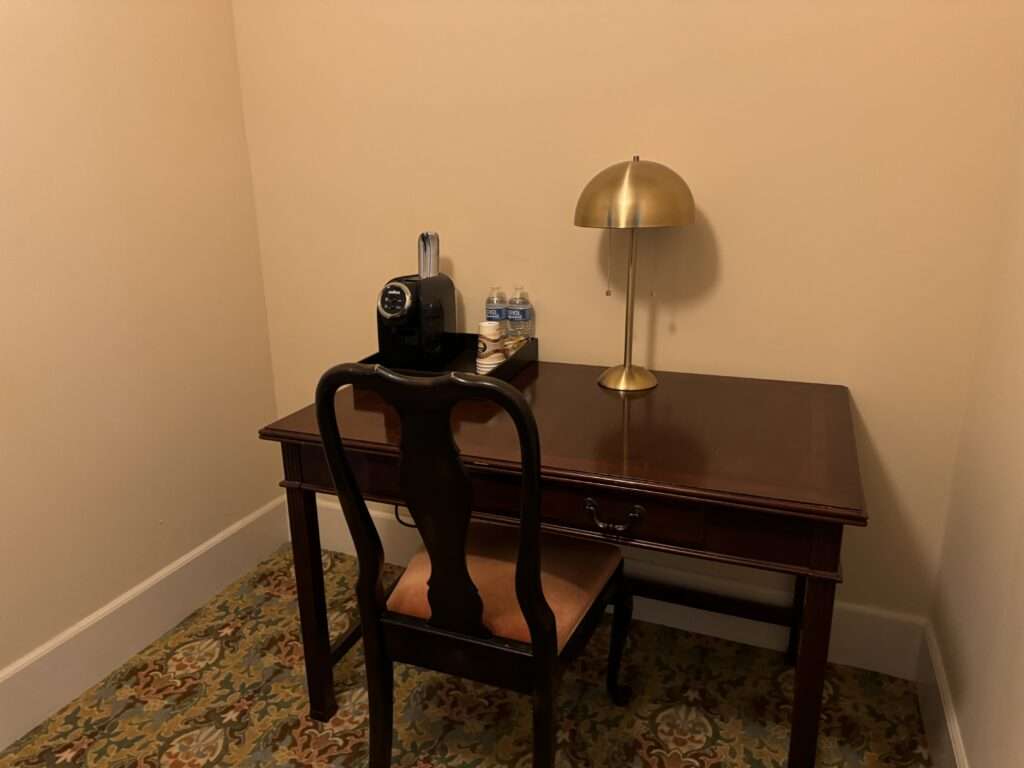
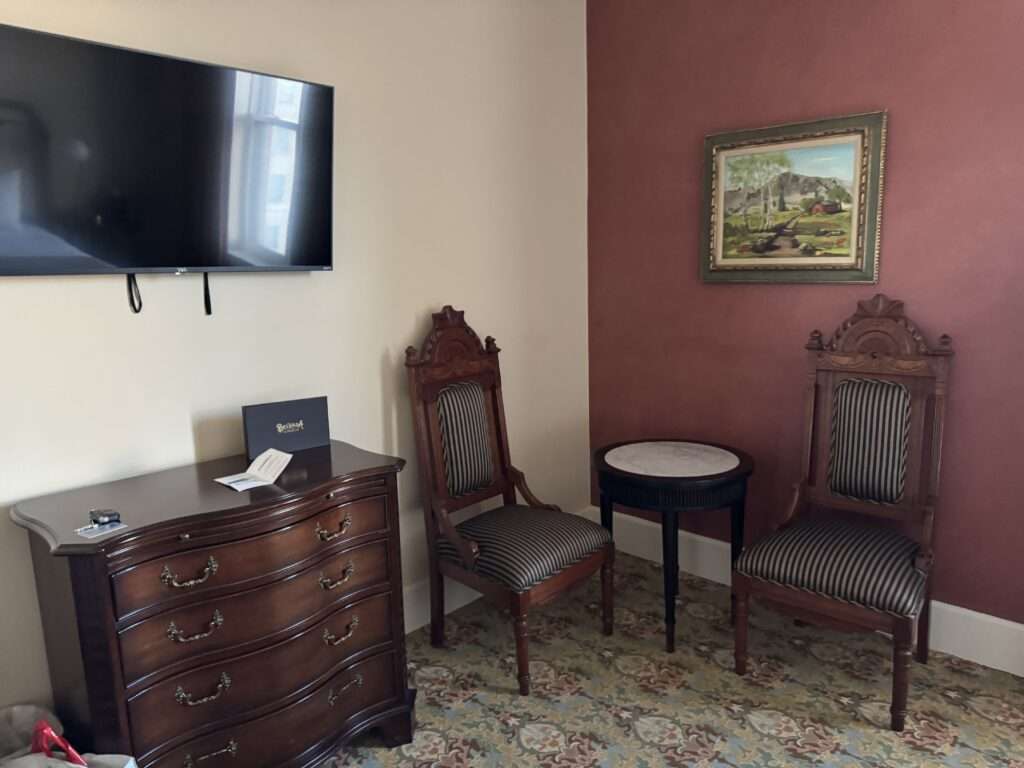
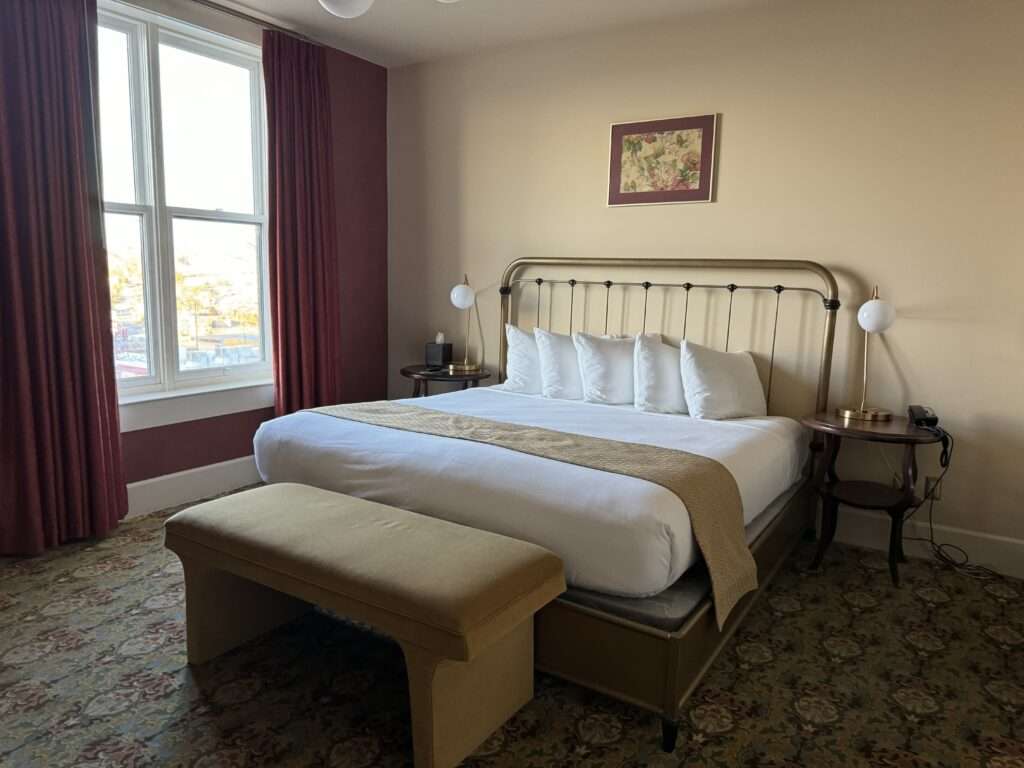
Appointments are similar to the Mizpah. My room was two separate areas, with a large bedroom and a second room with a desk, fridge, and microwave.
Extraterrestrial Highway

The Extraterrestrial Highway. Officially, Nevada State Route 375, the isolated highway, is a 98-mile stretch between Warm Springs and Crystal Springs. It runs along the infamous “Area 51,” the US Air Force facility in the Nevada Test and Training Range.
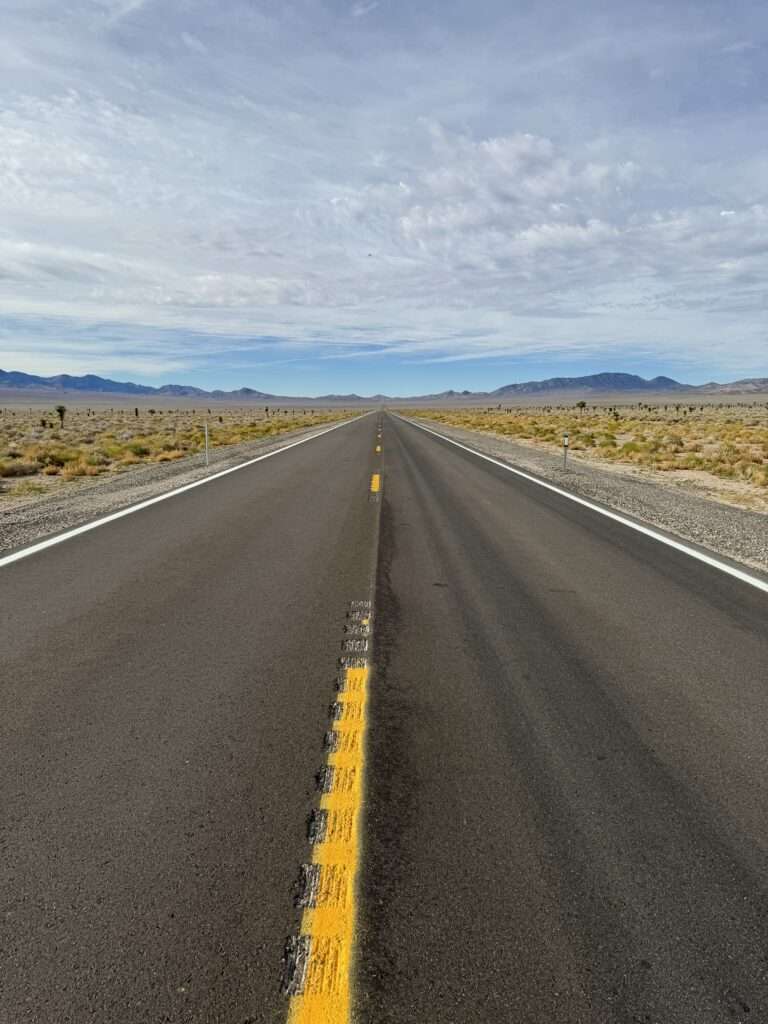
I opted to take the ET highway in both directions while driving during the day. Aliens don’t concern me at night, but the open range does.
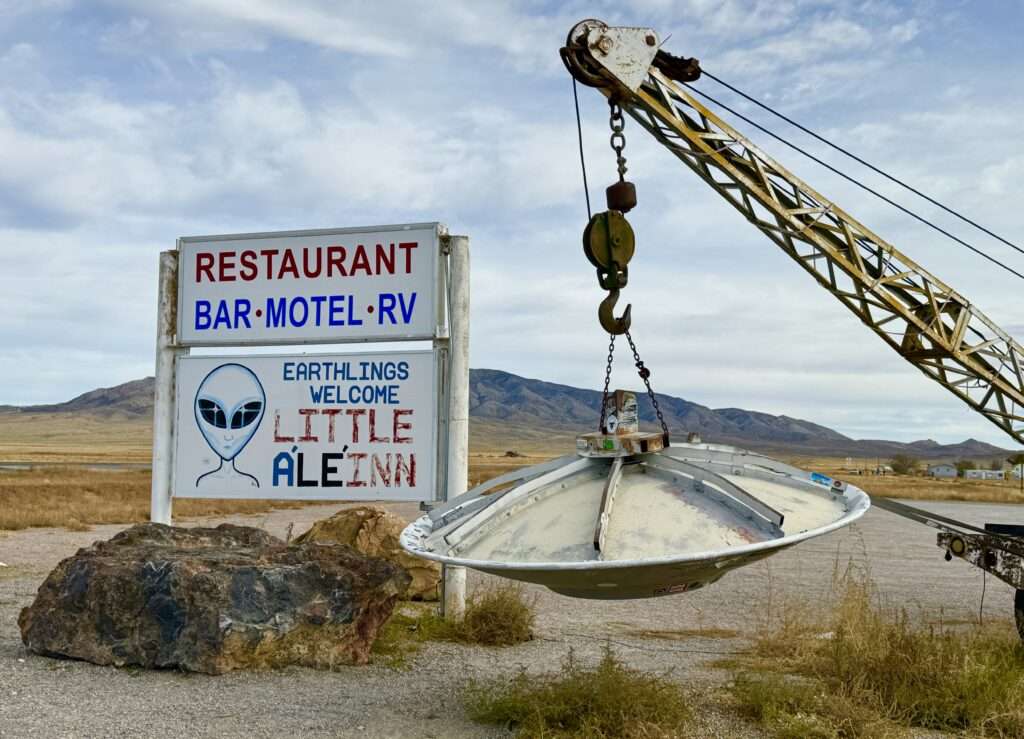
The LIttle Aleinn welcomes everyone. Their menu has expanded since my last visit; their daily special was Coq au Vin. Darn it, I wish I hit them at lunchtime. I will time my next trip better.
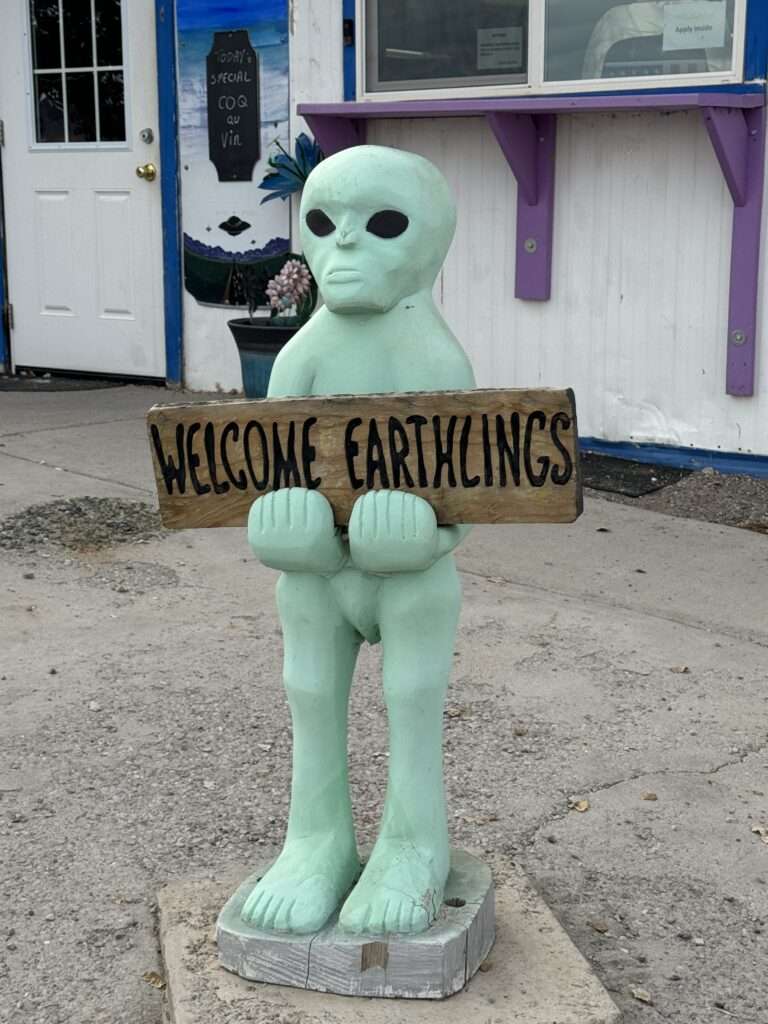

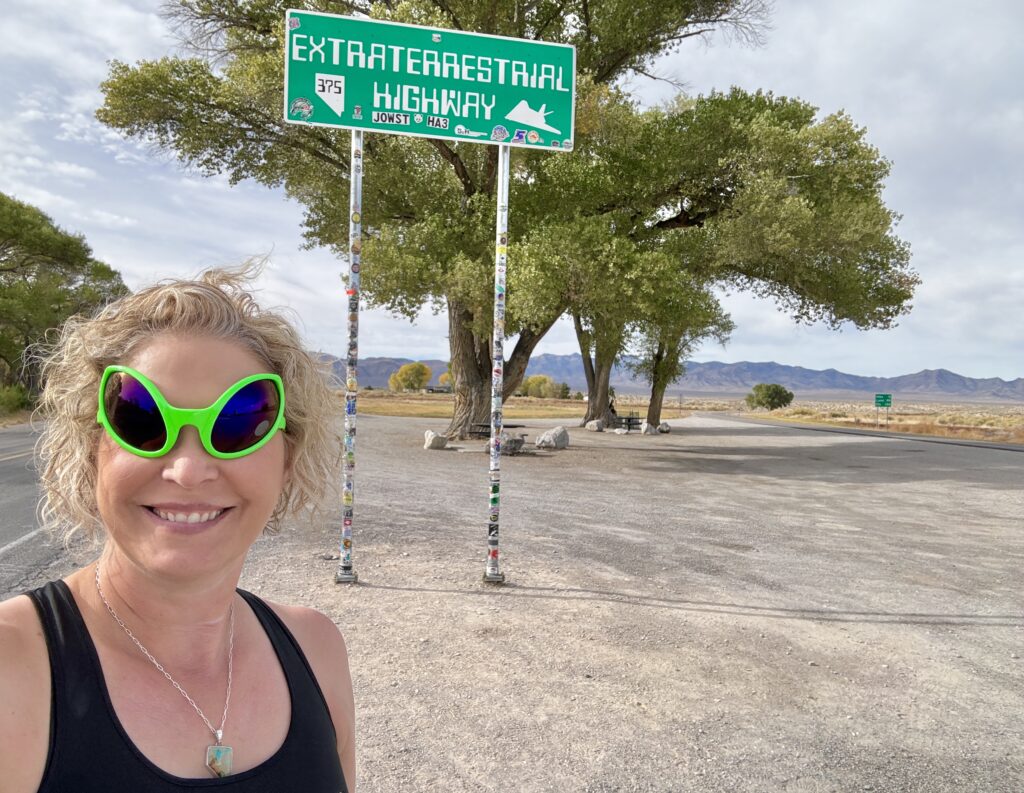

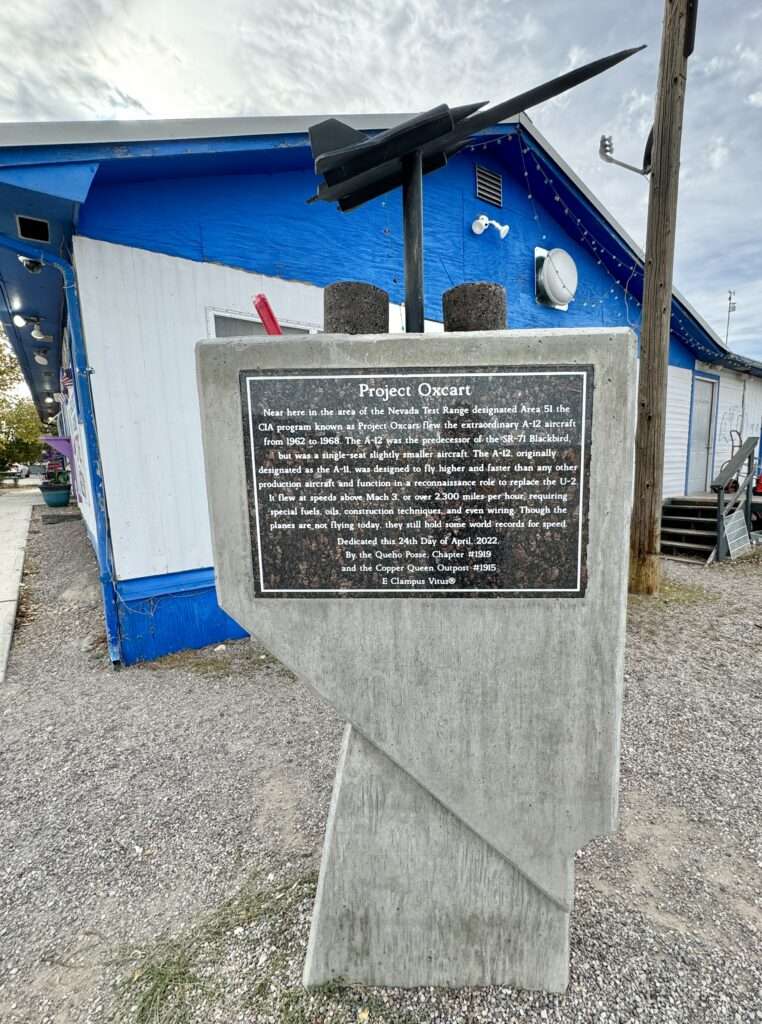

Phew, I’m home for a whopping week and a half before I head back to Mesquite to bring my son home for Thanksgiving. This time, I will spend a few days off-roading to ghost towns, I hope, including my #1 wish list, Delamar.
Follow me on social media:
Ana Dubois says
I just wanted to say thank you so much! I truly enjoy your newsletters, it gives our women’s group ideas of places to explore in our own backyard. Wishing you and yours a wonderful Thanksgiving.
Tami says
Wonderful, that is the best compliment! Your group sounds like a lot of fun. Happy Thanksgiving to you too.
Dave Williams says
Hi Tami, I always enjoy your ghost towning adventures and today newsletter was no exception. I visited Riverside about 4 years ago while my wife and I were on a short vacation in Mesquite. There is a small museum in Mesquite and I found a pdf file in their online archives that was really quite interesting on how Riverside came to be and what happened to it. Since it appears that you may be visitor to Mesquite somewhat frequently, you might want to check it out. The file was titled Riverside on the Virgin.
Thanks again for keeping us up on all your adventures and I look forward to seeing them in the future.
Tami says
I’m glad you enjoyed following my tip. I am already planning for the next one.
Thank you for the suggestions, I saw the sign for the museum and was wondering about it. I wanted to explore Riverside more, but I had an uneasy feeling being by myself. I will check out the museum on one of my future trips.
Tina says
How fun! I love your stories, and adventures. All the best to your son! I remember that time when our son and daughter transitioned into college life, and life on their own. I recall feelings of excitement and concern, pride and sadness. It’s time that they take flight.
Tami says
I’m so glad you have loved Nevada Ghost Towns & Beyond.
Thank you, I am proud that he moved and look forward to the skills he gains, but it has been difficult too.
Jocelyn says
Thank you for giving us more ideas for exploring in the southeast Nevada areas. Always love to find out about more historical sites to visit. Great job.
Tami says
More southern Nevada to come soon!
John L Zanteson says
What a wonderful report! Very enjoyable read.
Tami says
Thanks John, I’m glad you enjoyed it.
Tim says
Thanks for the review! It was fun. Most my “past” family are in the “Pioneer Hill Cemetery”. I have been out to Delamar many times in my younger days. It’s my favorite ghost town! I hope it’s still in good condition. Enjoy!
Tami says
I look forward to diving deeper into Delamar. I agree, it is one of the best, especially with your family ties.